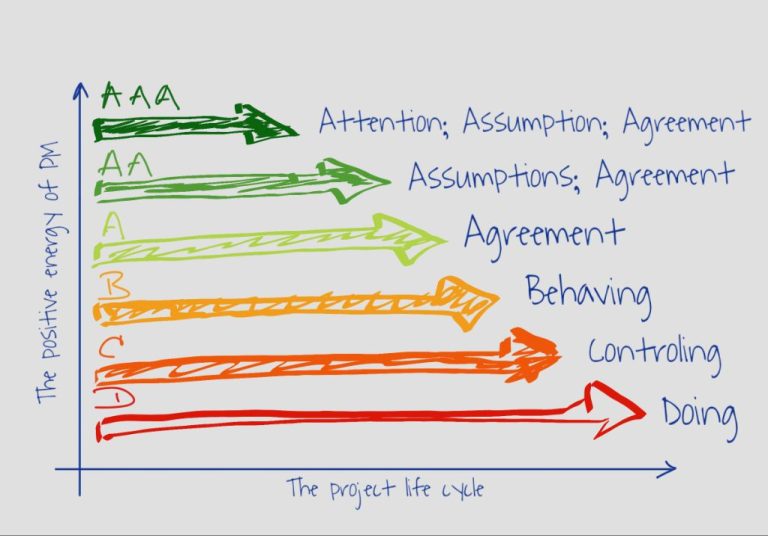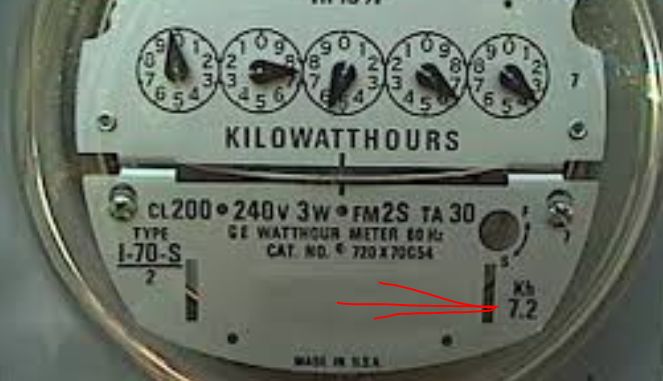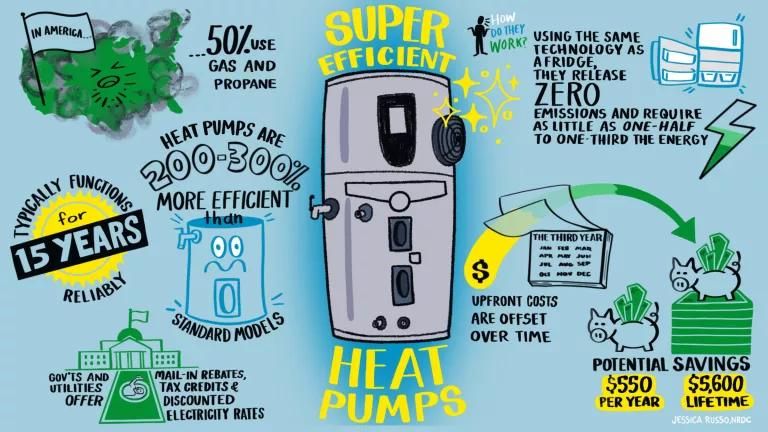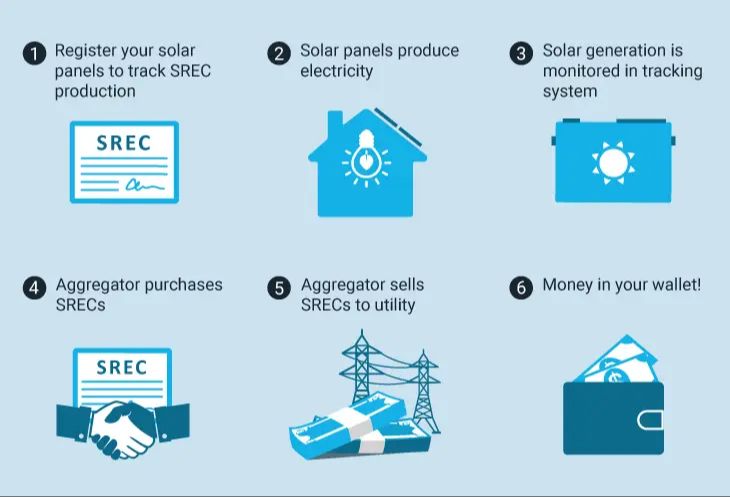How Does Our Electrical System Work?
Overview of the Electrical System
The electrical system comprises a network of components that work together to generate, transmit, and distribute electricity to consumers. At a high level, the system consists of:
This interconnected system allows large-scale electricity generation at power plants to be moved efficiently through transmission and distribution networks for widespread use by consumers.
Electricity Generation
Electricity is generated from a diverse mix of energy sources and technologies. Power plants convert primary sources of energy, like coal, natural gas, nuclear, hydropower, wind or solar, into electricity for homes and businesses across the country.
Fossil fuel power plants, including coal, oil and natural gas, burn fuel to produce high pressure steam that drives a turbine generator to create electricity. Coal and natural gas plants account for most fossil fuel generation. Nuclear power comes from splitting uranium atoms in a controlled chain reaction to heat water for steam to spin turbines.
Hydroelectric plants use flowing water from dams or rivers to turn large turbines coupled to generators. Wind power uses large wind turbines that capture airflow to spin the turbine blades connected to generators. Solar power converts sunlight into electricity through photovoltaic solar panels or concentrating solar thermal plants.
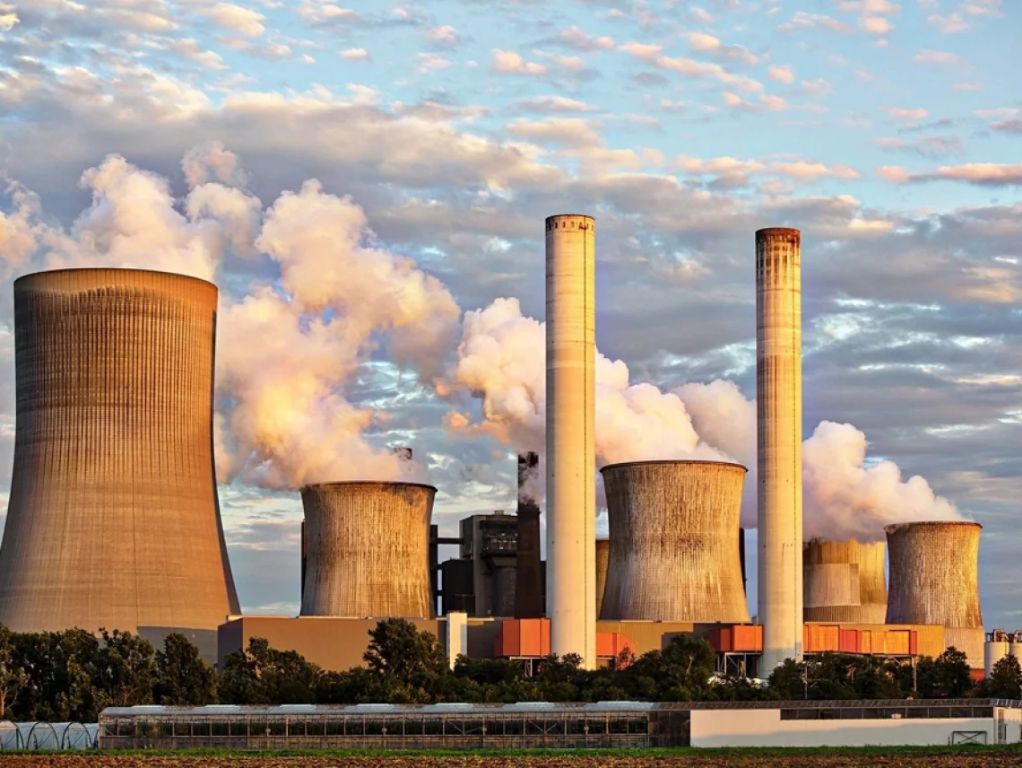
The mix of energy sources varies across the country depending on availability of resources. The diversity of generation provides greater electricity reliability and resilience to avoid disruptions. As renewable energy expands, the grid is transitioning to cleaner forms of electricity for the future.
Transmission Lines
High voltage transmission lines are responsible for carrying electricity over long distances, often from power plants to substations located near demand centers. These lines transport electricity at high voltages, typically ranging from 115kV to 765kV. At these high voltages, the amount of electricity loss over distance is minimized.
The conductors used for transmission lines are typically made of aluminum or copper wires bundled together. Aluminum is lighter and less expensive than copper but has higher resistivity. Transmission structures holding up the lines are typically steel lattices or towers, but can also be wood or concrete poles for lower voltage lines.
Long distance transmission enables taking advantage of remote generation sites, connecting sources and loads over a wide area, and improving reliability through multiple paths. The transmission network forms a grid that links power plants, substations, and load centers. Careful planning goes into transmission line routes, required capacities, substation locations, and grid connections.
Substations and Transformers
After electricity is generated and transmitted along high-voltage transmission lines, it passes through substations before continuing on to homes and businesses. Substations serve two primary functions related to transformers:
Step-down transformers reduce the very high voltage electricity from transmission lines (ranging from 69,000 to 765,000 volts) down to safer distribution voltages between 2,000 and 35,000 volts. This allows the electricity to be distributed locally through streets and neighborhoods.
Distribution substations contain transformers that further reduce the distribution voltage to the 120 and 240 volt electricity provided to homes and businesses. Without these essential step-down transformers, the extremely high voltage from power plants and transmission lines would be too dangerous for end use.
Distribution Lines
Once electricity has been stepped down to lower voltages by transformers at substations, it travels through distribution lines to reach homes, businesses, and other end users. Distribution lines carry electricity at voltages below 50 kilovolts. The most common distribution voltages in the U.S. are 12 kilovolts and 4 kilovolts.
Distribution lines are located on utility poles or underground, depending on the location. Overhead distribution lines on wooden utility poles are the most common in suburban and rural areas. Underground distribution lines are more commonly found in urban areas for aesthetic reasons.
The final step in distribution occurs at a service drop, where a utility line connects to a customer’s premises. At this point, a meter records how much electricity the customer uses. A distribution transformer steps the voltage down again before the electricity enters the customer’s electrical panel.
Distribution systems are designed with resilience in mind. Distribution lines form networks that allow rerouting of power in case of fallen poles or malfunctions. Advanced fault detection sensors can pinpoint damage locations to assist repair crews.
Smart Grid Technology
One of the most important developments in electrical systems is the emergence of smart grid technology. Smart grids utilize advanced monitoring and control systems to improve the efficiency, reliability, and safety of the electrical grid.
Smart grids collect real-time data on electricity demand and supply using smart meters and sensors throughout the grid. This data allows grid operators to identify issues and adjust operations to balance supply and demand. For example, smart meters provide consumers with real-time pricing information so they can shift electricity usage to off-peak times to save money.
Smart grids also incorporate advanced software and automation to rapidly detect, analyze, and respond to problems. Outages can be addressed before they spread or disrupt large areas. The system can automatically re-route power and bring backup resources online to prevent interruptions.
Overall, smart grids allow our electrical infrastructure to better cope with the complexities of increasing renewable energy, distributed generation, electric vehicles, and new electricity demands. The advanced monitoring and controls lead to greater efficiency, reliability, and sustainability.
Metering and Billing
Meters are used to measure how much electricity a home or business uses. Traditional meters record total kilowatt-hours used each month while smart meters provide more detailed data on when electricity is consumed. Utilities send meter readers or use remote technology to collect usage data from meters.
Once the usage data is collected, utilities apply pricing plans to calculate the total cost. Many pricing plans charge a flat rate per kilowatt-hour while time-of-use rates vary based on when consumption occurs. Utilities also charge fixed monthly fees for having a connection. Additional surcharges may be applied as well.
The utility uses the pricing plan, fees, and any surcharges to generate a monthly bill for each customer. Bills include usage amount, rates, total charges, and payment due date. Customers receive paper bills in the mail or can access billing details online. Payments can be made by mail, online, by phone, or in person.
Reliability and Resilience
The electrical system is designed to be highly reliable and resilient in the face of faults and outages. Utility companies build redundancy into the system with extra transmission and distribution lines so that electricity can be rerouted in the event of a line failure. Substations also have redundant equipment like transformers and circuit breakers to allow for continuous service if something goes down. Utility crews are on call 24/7 to respond rapidly to outages.
However, severe weather events like ice storms, hurricanes and tornadoes can cause widespread damage and prolonged outages. That’s why resilience is so important. A resilient grid can effectively resist or adapt to major disruptions and quickly restore power. Investments in grid modernization, smarter technologies and vegetation management all help strengthen resilience. For example, advanced metering infrastructure and distribution automation allow utilities to pinpoint, isolate and restore outages faster. And a smarter, more flexible grid makes the system better able to handle fluctuations in supply and demand.
Reliability numbers are calculated annually and reported as SAIDI (System Average Interruption Duration Index) and SAIFI (System Average Interruption Frequency Index) which measure the total duration and frequency of outages respectively. Improving these metrics each year is a key priority for utilities. A reliable and resilient electric grid delivers peace of mind that the lights will stay on. Even when severe weather strikes, the system is designed to restore power safely and quickly.
Future Trends
The electrical grid is undergoing major changes as we transition to cleaner forms of energy production and more decentralized power generation. Some key trends that will shape the future of our energy infrastructure include:
Increasing Renewable Energy
Renewable sources like wind and solar are expected to supply an ever greater portion of our electricity. This poses challenges due to their intermittent nature, but can be managed through grid upgrades, energy storage, and advanced forecasting of renewable output.
Distributed Generation
Rooftop solar, microgrids, and other forms of distributed generation located closer to where energy is consumed will play a bigger role. This can reduce the loads on transmission and distribution infrastructure.
Microgrids
Microgrids are self-contained energy systems serving a localized group of customers. They can disconnect from the main grid during outages and help mitigate grid disruptions.
Energy Storage
Batteries and other storage technologies are critical to balance the variable nature of renewables. Energy storage can also provide grid services and management of supply and demand.
These developments will modernize our electrical infrastructure to be smarter, more decentralized, and better able to integrate clean energy sources.
Conclusion
In conclusion, the electrical system is a complex and interconnected network designed to generate, transmit, and distribute electricity to end users. Developed and modernized over generations, it now utilizes cutting-edge technology like smart grids to provide reliable power around the clock. Though largely invisible, our whole society depends on this infrastructure for lighting, heating, machines, appliances, communications, and computing. The system must continue adapting to new challenges, from cyber threats to renewable energy integration, to meet future needs. Understanding how it works enables us to appreciate and safeguard this engineering marvel that is essential to modern life.


